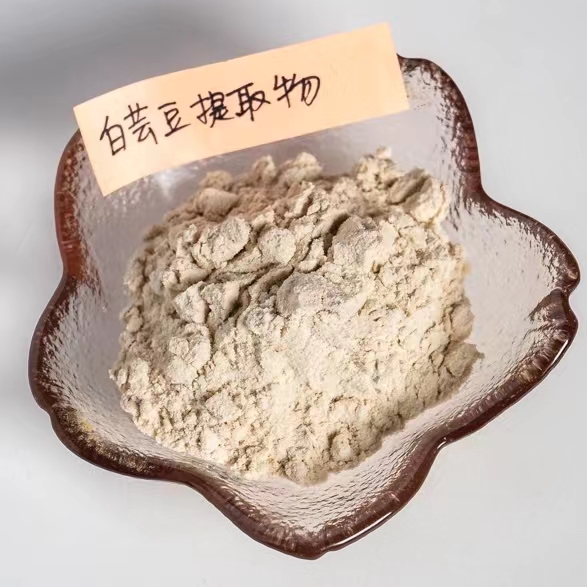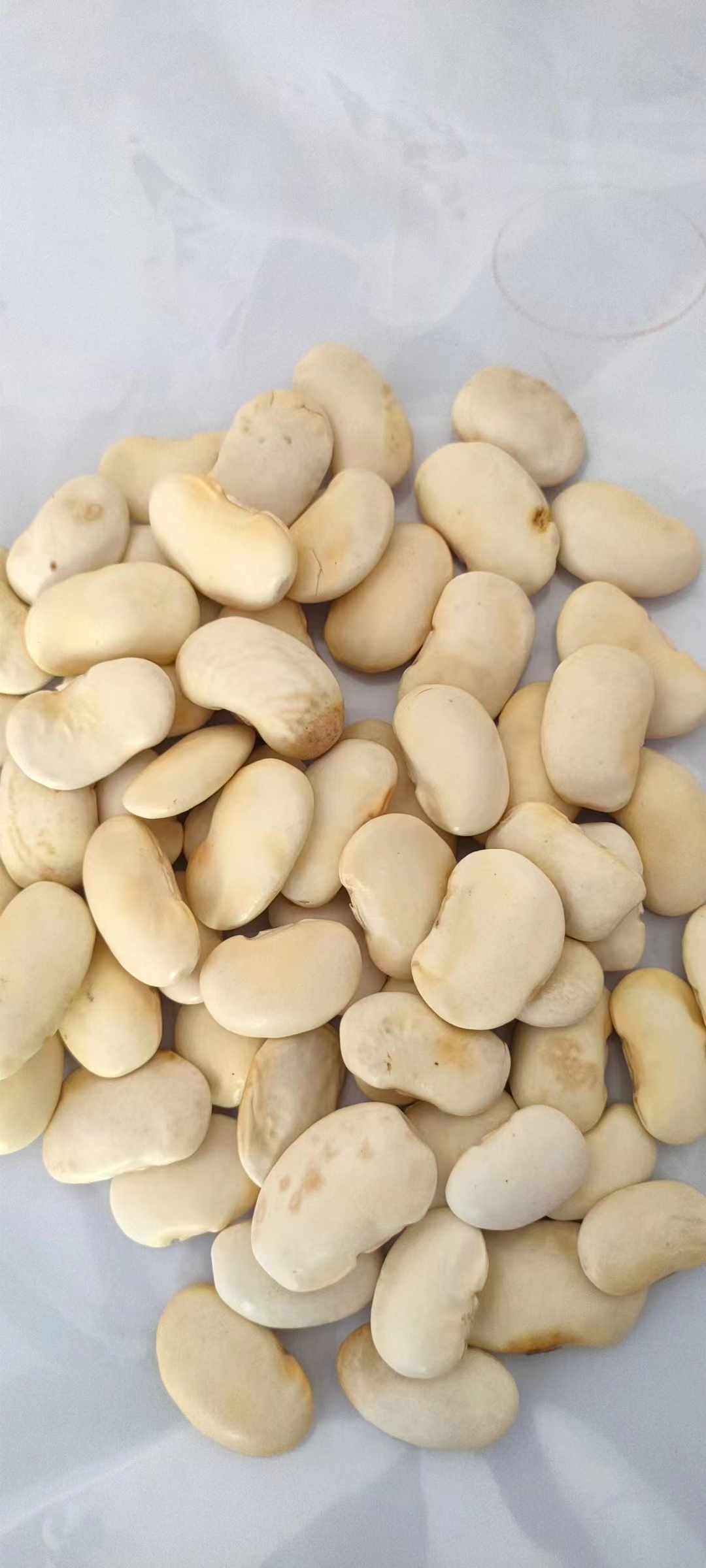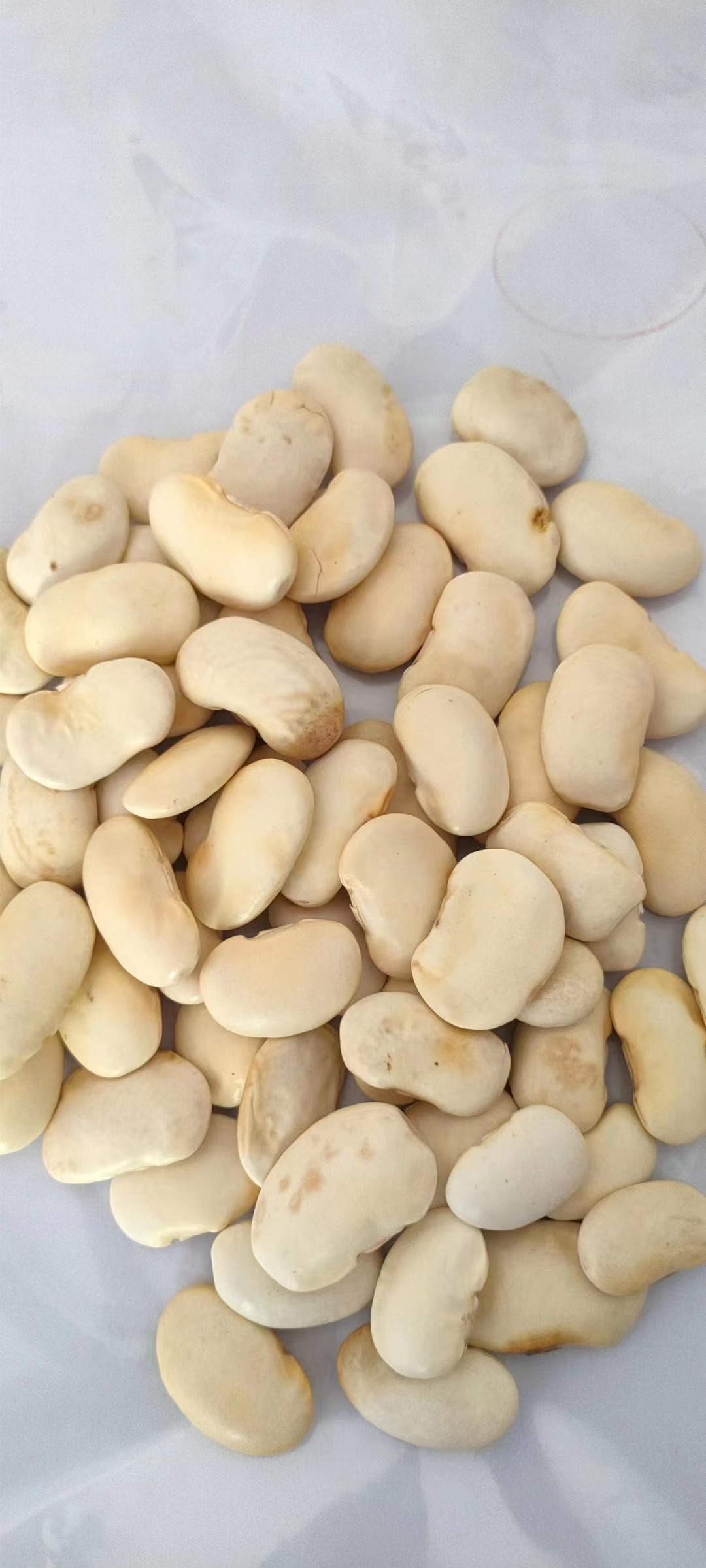White kidney beans, whose biological name is Phaseolus vulgaris.L, is annual twining or nearly erect herbaceous plants, which can be dwarf or trailing. The height of the dwarf species is 30-60 cm, and that of the trailing species is about 1.6-2 meters. Its plant has three compound leaves, and racemes are drawn between the leaf axils, and the flowers are opposite, white, butterfly-shaped, and hermaphrodite. Bean family (Leguminosae), Papilionaceae subfamily, bean family Bean genus. White kidney beans are widely planted in temperate regions, originating in Mexico and Argentina in the Americas. At present, Argentina, the United States, Mexico, the United Kingdom, China, and Japan are countries with large planting areas. White kidney beans are neither frost-resistant nor heat-resistant, and they like warmth in nature. They are short-day plants and can be cultivated in spring and autumn. Kidney beans, white kidney beans, white rice beans, season beans, April beans, plum beans, long sprout beans, joint beans, frame beans, etc. It grows vigorously, has many flower systems, strong branches, and high nutritional value. It is suitable for cultivation in areas with an altitude of 2000-2600m. However,China only started to introduce and cultivate it at the end of the 16th century. At present, the planting area is relatively wide, but it is mainly distributed in the alpine, cold and arid areas of the country. It is planted in all provinces. The provinces with large planting areas include Yunnan, Guizhou, and Sichuan. 1020-1125kg/hm2.
The nutritional value of white kidney beans is rich, and the protein content in every 100g of dried beans reaches 19.9%-20.0%, the carbohydrate content is 37.6%-48.5%, the fat content is 1.6%-2.1%, calcium is 120mg, and iron is 10mg. Additionally, it contains l.56mg vitamin B1 and 1.02mg vitamin B2.
It has been reported in the literature that plant seeds are the main source of proteinaceous α-amylase inhibitors, especially the seeds of grasses and legumes (Pereira, Lozanov, Patthy et al. 1999).
α-amylase inhibitors have been widely studied (Sasikiran, Rekha and Padmaja, 2004), and α-amylase inhibitors have been isolated from the seeds of wheat, beans, yam, wild amaranth and other plants, among which white kidney bean The activity of α-AI extracted from the plant is relatively high, and it has a strong inhibitory effect on mammalian pancreatic α-amylase.
White kidney bean α-amylase inhibitor has higher stability to temperature and pH than general protein. After acting in a water bath at 80°C for 30 minutes, the inhibitor activity will lose about 10%, and it will be completely inactivated by heating at 90°C for 10 minutes; it has high stability to pH, and the treatment within the pH range of 3-10 has no effect on its inhibitory effect. Not much, the inhibitory activity is maximum at pH6-7.
Ref.: Arai, M., T. Nishimura, K. Tsukao, T. Kawaguchi, H. Hayashi, Y. Shimizu , S. Murao. New proteinaceous [alpha]-amylase inhibitor (T-76) from Streptomyces nitrosporeus.Journal of Fermentation , Bioengineering, 1989, 68(1): 56-57.
Bloch, C. , M. Richardson. A new family of small (5 kDa) protein inhibitors of insect [alpha]-amylases from seeds or sorghum (Sorghum bicolor (L) Moench) have sequence homologies with wheat [gamma]-purothionins.FEBS Letters, 1991, 279(1): 101-104.
Bompard-Gilles, C., P. Rousseau, P. Rougé , F. Payan. Substrate mimicry in the active center of a mammalian [alpha] amylase: structural analysis of an enzymeinhibitor complex.Structure, 1996, 4(12): 1441-1452.
![]()

![]()

